Jewish History
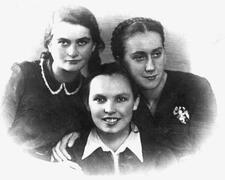
Lonka Korzybrodska
Lonka Korzybrodska was an active member of He-Haluz, a resistance movement during World War II. She participated in missions until her capture and died imprisoned in Auschwitz in 1943.

Hanna Krall
Hanna Krall is one of the most important Polish-Jewish writers and reporters. A Holocaust survivor, she portrays in her own extremely concise manner the vicissitudes of other survivors, rescuers, and perpetrators. Krall has been internationally recognized and her works have been translated into fourteen languages.
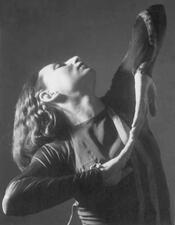
Gertrud Kraus
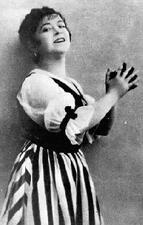
Isa Kremer
Isa Kremer (Belz, Bessarabia, 1887-Córdoba, Argentina, 1956) traveled the world performing art, folk, and classical music. She studied and sang opera in Italy but appeared as an art singer in Odessa, where she was the wife of Israel Heifetz, the editor of The Odessa News. Her great legacy is her Isa Kremer Sings Jewish Life in Song, a book and album of Jewish songs.
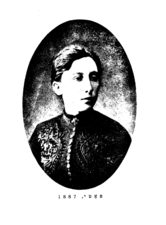
Pati Kremer
Pati Kremer was one of the pioneers of the Jewish workers’ movement in Eastern Europe. Already an active member in the 1890s of the so-called Vilna Group, the precursor to the Bund, she remained closely associated with the Jewish workers’ party until her death in the Vilna Ghetto.
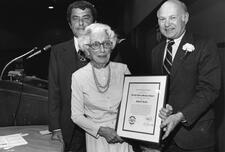
Golda Ginsburg Krolik
Ilona Kronstein
Ilona (Ili) Kronstein was an artist and graphic designer. In the 1930s she focused on her artistic training, working first as a graphic artist, before working in her own studio. Her work, which was not exhibited in her lifetime, was rediscovered in the late 1990s and exhibited in Vienna at The Jewish Museum.
Mariana Kroutoiarskaia
Mariana Kroutoiarskaia was a talented Russian composer and music producer who dedicated her entire life to music, film, and television. Kroutoiarskaia worked as a music editor for Russian television, a lecturer, and a composer for many films. She also supervised the arrangement and publication of music for children by various composers.
Matilda Steinam Kubie
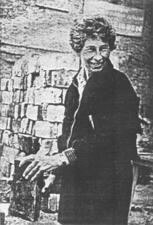
Ursula Kuczynski (Ruth Werner)
Operating under at least five different names in the course of her career, Ruth Werner (a pen name) was a singularly accomplished spy, whose espionage activities spanned some fifteen years, from 1931 to 1946. Twice awarded the order of the Red Banner, the highest Soviet military decoration, Werner also held the rank of colonel in the Red Army.
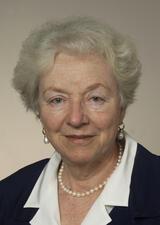
Madeleine May Kunin
Kurdish Women
Jews lived in Kurdistan for 2,800 years, until a mass migration to Israel in the 1950s. This Jewish community’s ancient roots and relative seclusion in the Kurdistan region fostered unique religious, cultural, and linguistic characteristics. Despite assimilation and the loss of traditional practices, the community remained tight-knit.

Annie Edith Landau
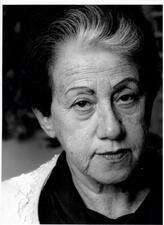
Erika Landau
Erika Landau (1931-2013) was a psychotherapist and educator known for her interest in giftedness and creativity. The fact that she had survived the Holocaust shaped her personal and professional worldview, leading her to make significant contributions to the field of gifted education and creativity. She founded the Young Persons' Institute for the Promotion of Creativity and Excellence, which provided holistic support to gifted children in Israel, and was a model to the world.
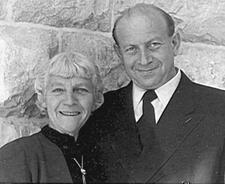
Bertha Landsman
Bertha Landsman dedicated her life to nursing, becoming one of the generation of giants who laid the foundation of the nursing profession in Palestine. She worked with Jewish, Christian, and Muslim women, persuading them to abandon folk superstition in favor of “correct knowledge and information,” and also taught nursing to local women students.
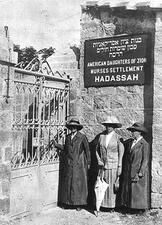
Rae D. Landy
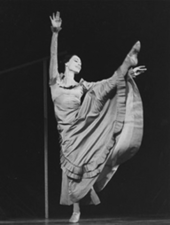
Pearl Lang
Pearl Lang was the first dancer Martha Graham allowed to perform some of Graham’s own roles. She also brought elements of the ecstatic poetry and dance of Jewish traditions to her own praised work.
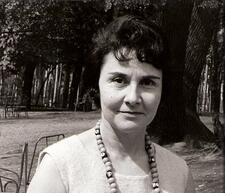
Anna Langfus
After surviving political prison in Poland during the Holocaust, Anna Langfus moved to France and began writing plays and novels that dealt with themes of war, destruction, and loss. In her works, she weaved autobiographical material with fiction, capturing her harrowing experiences in her art.
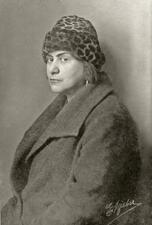
Else Lasker-Schüler
Else Lasker-Schüler was a German-Jewish poet, short story writer, novelist, and playwright. Born in Elberfeld (today part of Wuppertal, Germany) in 1869, Lasker-Schüler is best known for her dream-like, bohemian poetry.
Lawyers in Germany and Austria
German and Austrian women were first allowed to enter careers in law in the mid-1920s, following rules permitting their admittance to universities at the turn of the century. Although women were a small proportion of all lawyers, judges, and prosecutors in Germany and Austria, Jewish women were a significant group among those women, and they often faced both religious and gender-based discrimination.
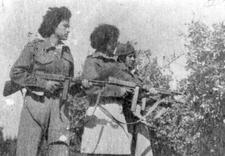
Lehi (Lohamei Herut Yisrael)
Lohamei Herut Yisrael (Lehi) was an underground Zionist extremist organization active between 1940 and 1949, during which it forcefully opposed the British Mandatory government and Palestinian Arab opponents to a Jewish state. Women participated in most areas of Lehi’s activity, from carrying out military actions to propaganda production.
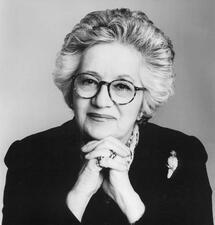
Judith Leiber
Judith Leiber carved a unique place for herself in the world of fashion as the designer of some of the most inventive and sought-after handbags in the world. After fleeing the Nazi occupation of Hungary, Leiber worked for various handbag manufacturers in America before starting her own company in 1963.
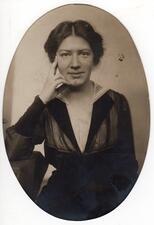
Käthe Leichter
A socialist feminist with a doctorate in political economy, Käthe Leichter was a prominent figure in “Red Vienna” during the interwar years. As a politician, labor organizer, and author, she dedicated her life to benefitting working-class women through social and political reform, and to the struggle against fascism.
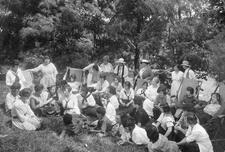
Leisure and Recreation in the United States
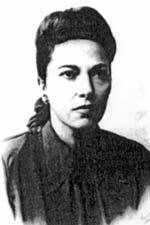
Blume Lempel
Blume Lempel used stream-of-consciousness, flashback, and free association in her writing to create unique stories with themes rarely seen in Yiddish literature: eroticism, incest, and rape. She only wrote in Yiddish, and much of her work remained untranslated until very recently.


